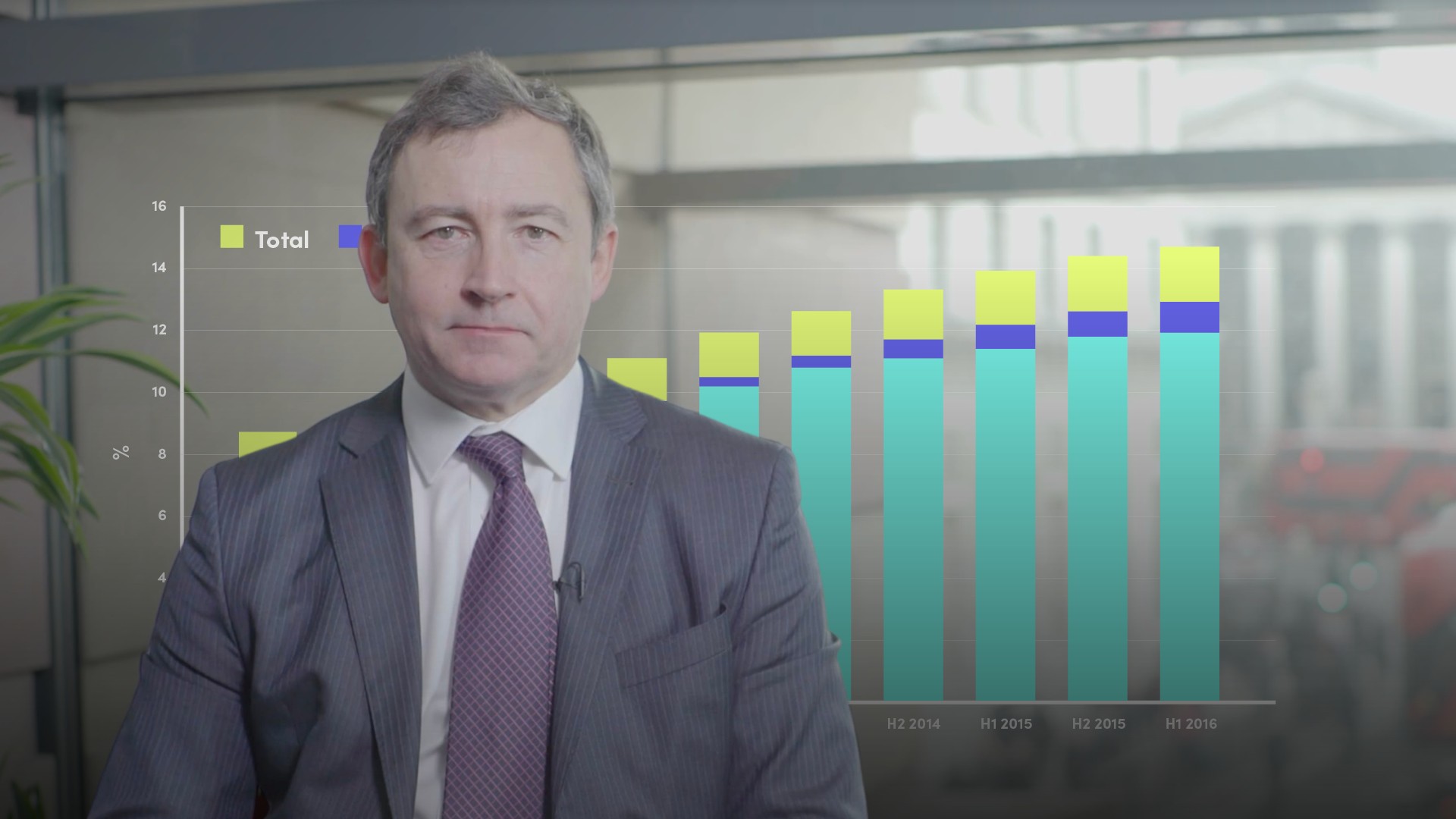
Introduction to Bail-in

Tim Skeet
35 years: Debt capital markets
Tim examines the response to the financial crisis of 2008, including how regulation has changed to help prevent banks from reaching similar levels of capital inadequacy.
Tim examines the response to the financial crisis of 2008, including how regulation has changed to help prevent banks from reaching similar levels of capital inadequacy.

Introduction to Bail-in
15 mins 50 secs
Key learning objectives:
Understand the need for change in the regulatory system after 2008
Outline the concept of bail-in and the role of creditors as loss bearers
Learn about the new regulations, capital requirements, and key ratios
Overview:
During the 2008 financial crisis, the failure of several large financial institutions required the action of governments to either allow these institutions to fail or save them. Regulators realised they needed a more uniform way to assess the risk of banks to prevent a similar crisis. New regulation includes a variety of ratios, stress tests and requirements.
What was the Agreed Outcome of the Financial Crisis?
In the aftermath of the global financial crisis in 2007-2008, governments worldwide pledged that banks could no longer rely on governments bailing them out and investors could no longer rely on governments stepping in to protect their investments.
What are bail-ins, and why were they needed?
The costs to governments worldwide of bank bailouts and government guarantees on deposits and bank funding during the 2008 global financial crisis ran to several trillion dollars in cash outlay and support schemes during the peak crisis years.
The crisis demonstrated that some institutions were so big, or so interconnected, that the repercussions of not bailing them out when they got into difficulty were unthinkable. Terms such as “Too Big to Fail” provided insights into how large banks were viewed in the post-crisis world and how concerned regulators were about systemic endangerment and interconnectedness.
What Has Changed?
It became clear during the depth of the crisis and in the aftermath of several bank failures and bail-outs that regulators lacked the policy tools to deal with an unforeseen crisis of the severity of the one that was unleashed in 2008.
The Basel Committee on Banking Supervision was tasked to come up with a new framework. This was known as Basel III. The results were a series of new constraints around liquidity, leverage, funding, capital adequacy, risk-weighted asset calculation and crisis-management and resolution.
This brings us to bail-in. In essence, it’s the opposite of bail-out. It means that governments can no longer be relied on to bail out banks. Rather, creditors can be called upon, or “bailed-in”, to cover losses. Bail-in is no more than an extension of the equity concept. In the same way as shareholders of banks have always covered losses, holders of debt/equity hybrid instruments and some senior unsecured debt holders will be held responsible for losses under the new regime.What Regulation has been introduced since to combat this?
Contingent Convertible bonds or CoCos, also known as Additional Tier 1 instruments, which convert into equity or whose value is temporarily or permanently written down if a bank’s core equity ratio falls below a stated ratio, known as the point of non-viability, represent a new class of instrument. This class sits alongside equity and counts towards core Tier 1 capital for the purposes of calculating core equity ratios.
Sitting above core capital instruments in the loss hierarchy are Tier 2 instruments, effectively supplementary capital. These are subordinated debt instruments but are considered ‘gone-concern’ capital instruments that protect creditors further up the seniority hierarchy. Further protecting senior unsecured creditors and depositors is a new instrument known as senior non-preferred debt. Holders of these instruments also stand in line to bear losses. To meet the requirements of the new regulatory regime around bank resolution, banks have to meet a series of key ratios, which consign them to issuing debt and capital instruments in each bucket to reach the minimum target ratios that underpin their solvency.What Conclusions can we draw?
When regulators deemed Spain’s Banco Popular had become non-viable in 2017, shareholders and holders of deeply subordinated debt – Tier 1 and Tier 2 – were totally wiped out. The bank was recapitalised and sold to Banco Santander for a single euro, and taxpayers were not asked to contribute to rectifying this bank failure.
Regulatory work streams are continually working to fine-tune resolutions and operating frameworks to ensure systemic stability. Whatever direction the regulatory discourse takes us, bail-in remains one of the critical new developments that has changed the way banks’ management teams and their investors think about the new world.

Tim Skeet
There are no available Videos from "Tim Skeet"

